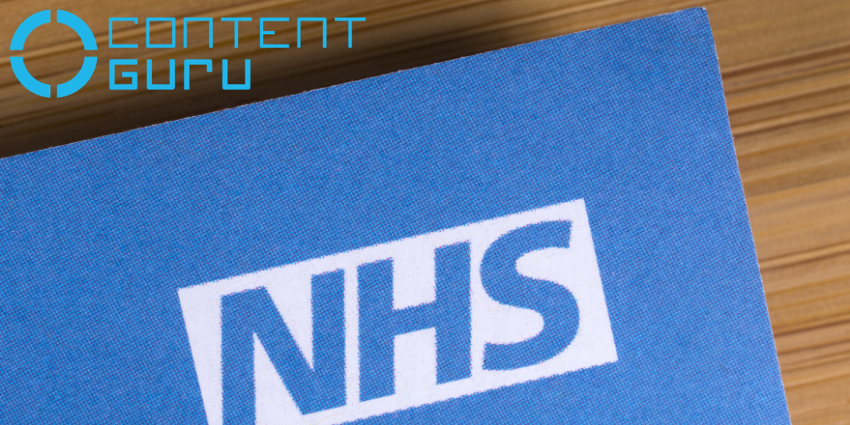The NHS 111 service has been crucial in acting as the first line of defence in the healthcare sector’s battle against COVID-19, helping to relieve pressure on hospitals and GP practices.
But while it is the heroic actions of hospital workers that have largely hit the headlines, 111 call centre operators have been fighting their own battle against the virus.
Data published by the NHS revealed that the number of calls to 111 hit nearly three million at the start of the first-wave peak in March last year – more than double the amount seen in March 2019.
The number of calls seen nationally has mostly stayed above 2019 levels in each month since, often considerably so. Demand has more than doubled in areas that have been most severely affected by the pandemic.
This has made the technology used to power NHS 111 – and call centres across a spectrum of other affected sectors – pivotal.

“Many organisations were balancing the move to homeworking with a sharp increase in customer call volumes triggered by the coronavirus crisis,” Martin Taylor, Deputy CEO and Head of Healthcare at Content Guru, explained.
“Travel companies and airlines were inundated with customers asking for refunds, while calls to NHS 111 London were up by several hundred percent, due to concerns about the virus.
“Call centres needed to be able to scale to manage an unprecedented amount of demand from people trying to access healthcare or benefits, or to obtain refunds for cancelled bookings.”
A prime example is the NHS 111 London phone line, which is underpinned by Content Guru’s storm® solution. Taylor said that storm’s virtually limitless capacity in the cloud-enabled the organisation was able to scale up its service automatically to cope with increased traffic.
Content Guru has also set up a number of large contact centre operations from scratch during the pandemic, often in a matter of days, to help the healthcare system combat COVID-19 while operators work from the safety of their homes.
But the benefits for healthcare organisations haven’t been restricted to voice channels, he added.
“storm enabled NHS 111 London service providers set up targeted automated messaging for patients calling in,” Taylor said.
“Callers have the option to receive a link via SMS to the relevant Public Health England web page containing up-to-date information about Covid-19.”
“And to help handle spikes in calls related to the virus, Content Guru also set up special routing for NHS 111 providers, so patients with symptoms of COVID-19 wouldn’t have to go through the normal triage system. Instead, they are routed to a dedicated group of healthcare advisers.”
The Brits Love Queueing
Actually, we don’t: whether it’s in person, online or over the phone. Adverse feelings towards queueing, or sitting in a hospital waiting room, will only be amplified if someone is anxious about their health or the health of a loved one.
This dynamic has been changed by the pandemic: As waiting rooms became Petri dishes for spreading illness, healthcare organisations were forced to seek a safer way of operating. Taylor said that Content Guru’s storm Sign-InTM scheduling tool provides new options to both healthcare organisations and patients in this respect.
The service works by placing patients in a dynamic virtual queue after they have been self-booked, been referred or self-triaged at the front door of a medical department.
Patients receive a text message within moments of joining the queue, which gives them an estimated time for their appointment and allows them to leave the premises, rather than having to sit waiting in a crowded room. Depending on the flow of urgent cases into the department, the initial estimated time will be continually revised upwards or downwards.
Sign–In ensures that patients receive regular text-message updates on their actual position in the queue until it is time to be seen. These messages also provide the opportunity to tell healthcare professionals if symptoms have changed.
Clinicians, meanwhile, are able to manage the waiting room queues flexibly and accordingly and communicate with waiting patients via voice or video.
Taylor said that the pandemic has accelerated the adoption of cutting-edge cloud technologies like storm, as healthcare institutions look to future-proof their systems.
“Whereas investment in digital transformation and technology was previously spearheaded by private sector businesses, the public healthcare system has begun to expand its budget and appetite for innovation to deal with the new situation,” he explained.
“However, as always, public sector organisations are looking to the long-term, for a solution which can adapt as and when necessary. As such, many are turning to the cloud for a flexible and scalable solution to the problems posed by COVID-19, whereby extra functionality and innovative technology can be added at will as circumstances evolve.”







